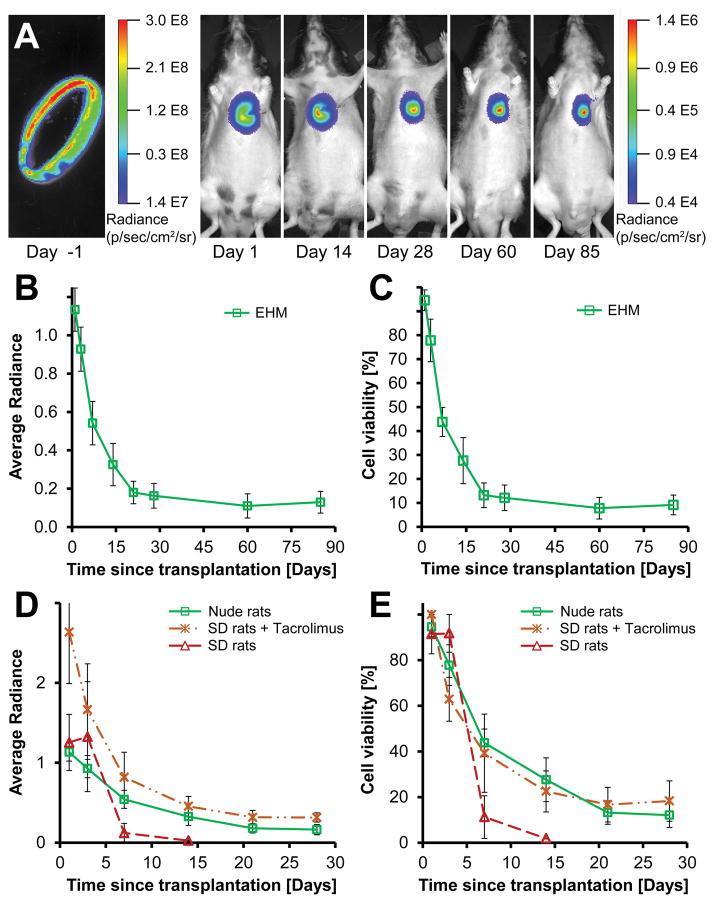Figure 2. Human EHMs show long-term engraftment and survival.
(A) Representative bioluminescence images of a single EHM loop ex vivo (left) and post-implantation up to 85 days (right). (B,C) EHMs showed no significant decline in viability between day 14 and 85 (n=6, P=0.33). (D) Implantation of EHM onto immunocompetent rat hearts (Sprague Dawley, SD) led to almost complete signal loss within 7 days (dashed red line, n=2). However, when Tacrolimus was administered twice daily (7.5 mg/kg/day), the BLI signal was comparable to that seen in nude rats, indicating that effective immune suppression was achieved. (E) Effective immune suppression in SD rats enabled graft survival comparable to nude rats (SD+Tac n=5 vs. nude n=6; P=0.88). Average radiance expressed as 106 photons/second/cm2/steradian.

